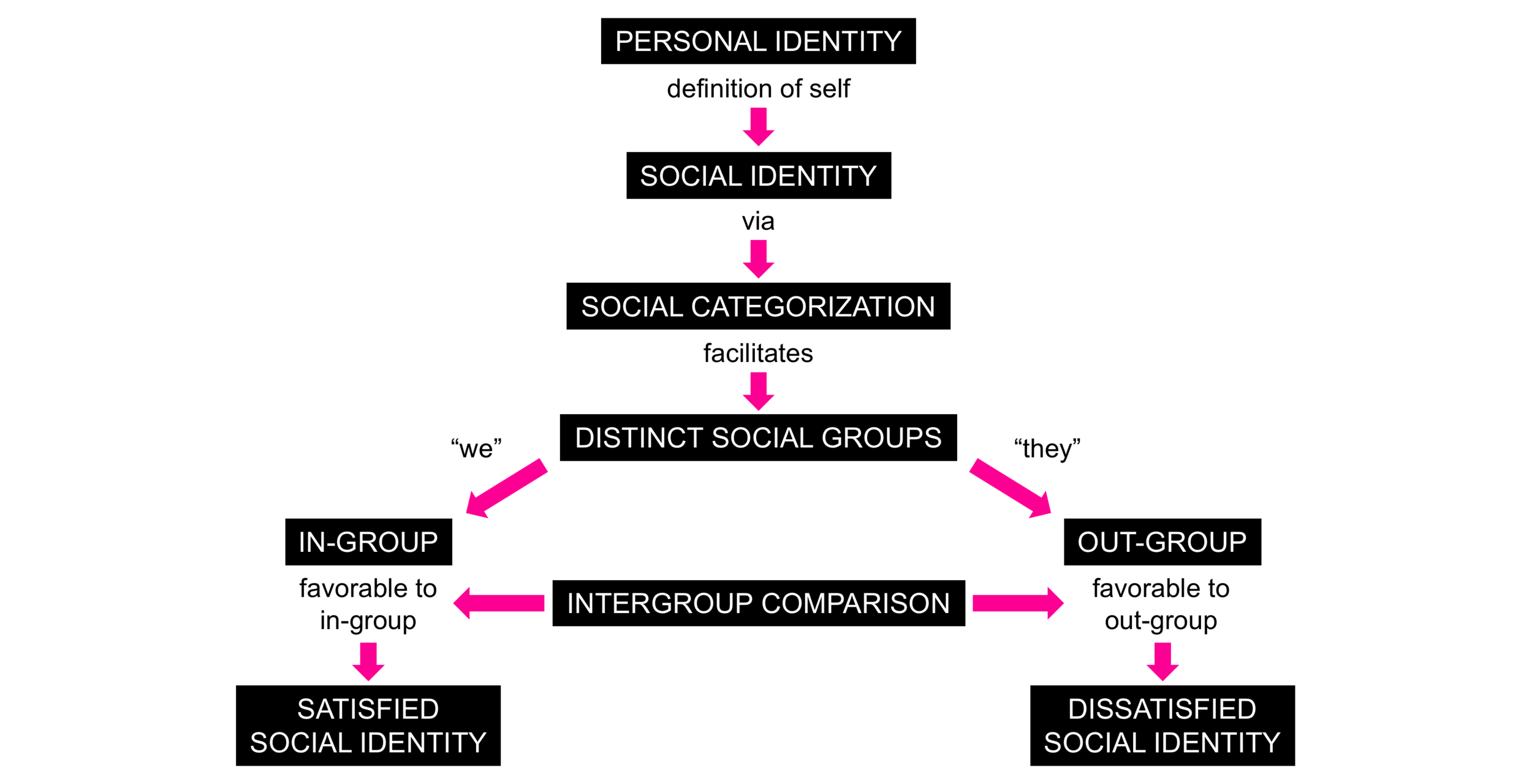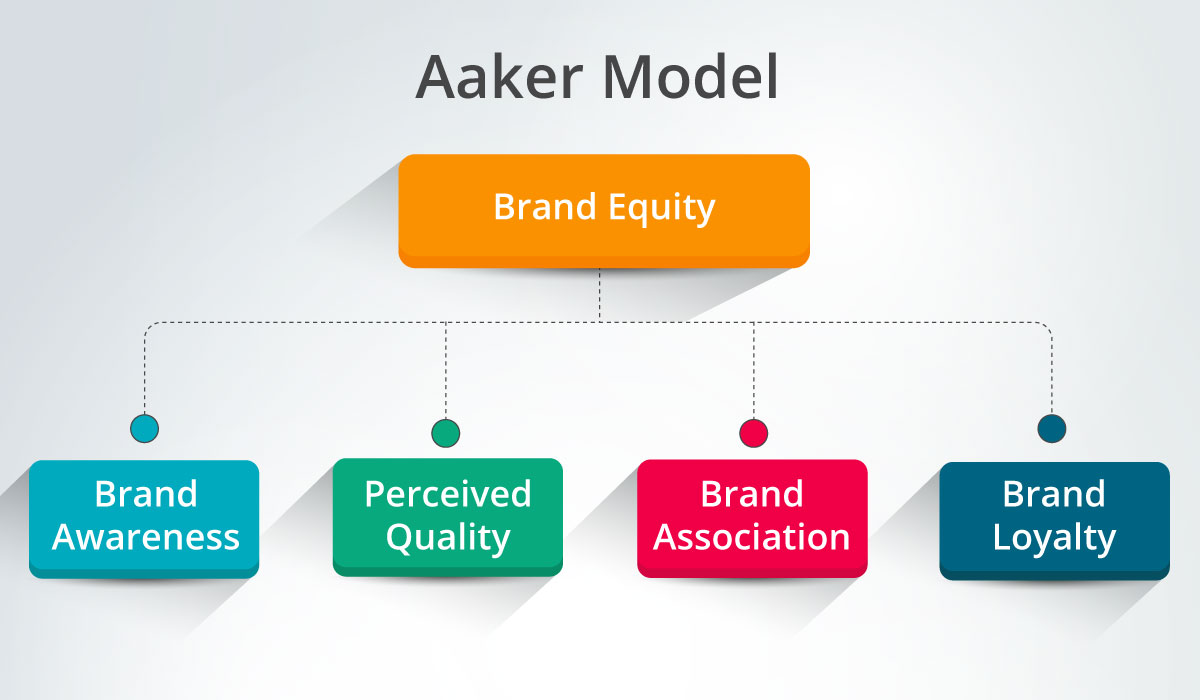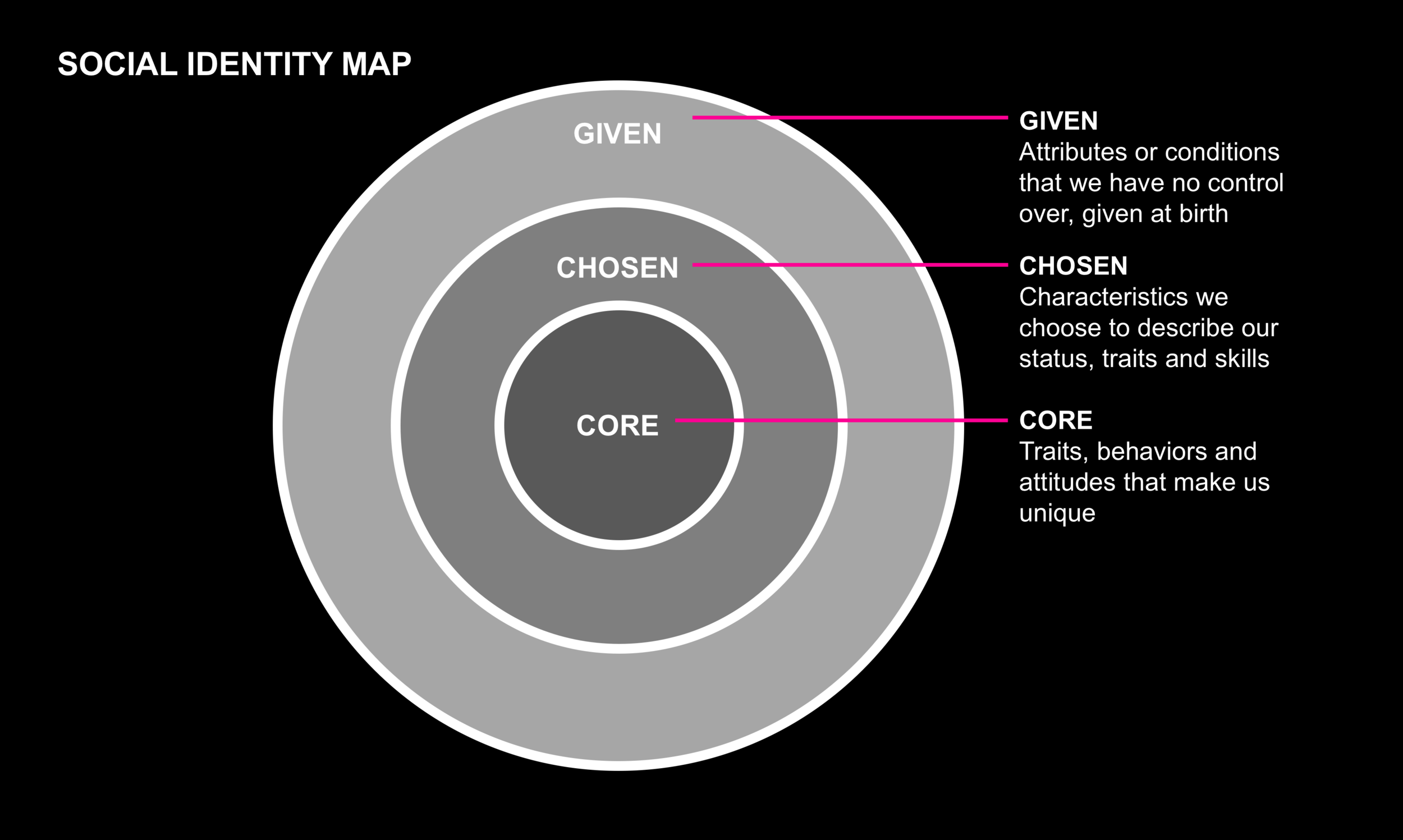Identity development has been seen historically as a primary developmental task of adolescencethe transition from dependency in childhood to. One of the most complex and multifaceted factors that influence identity formation is ethnicity race and culture.

Lisa Olivera On Instagram Really Excited And A Little Nervous To Share Something I Ve Been Working On For Quite A While My First Ever Nervous Lisa Excited
Identity development is the complex process by which people come to develop a sense and understanding of themselves within the context of cultural demands and social norms.

. This is something that Cornelissen et al. Worse mental health and well-being. In this paper we introduce role aspirants and their motivational processes into.
For example they likely have 1 an ability to inspire others 2 a clear set of values 3 a commitment to community 4 an acceptance of. A stable personal identity allows individuals to have better relationships with others. Research has linked a strong sense of identity to better emotional and psychological well-being in adolescents.
Having established that role models are used in identity formation one of the biggest challenges facing the authors in trying to establish why role models are important for senior women is the paucity of literature that links or integrates the various findings and levels of identity work. Tajfel 1979 proposed that the groups eg. A large body of work in the social sciences has investigated the influence of celebrity role models and in the context of education several disciplines have a rich research history in this area eg.
Sparse but more recent work has. As identity development progresses adolescents are expected to make choices and commit to options within the confines of their social contexts. Identity relates to our basic values that dictate the choices we make eg relationships career.
A role model can inspire you to be a better person and improve yourself by using their success as an example. Role models are people whom we admire who exhibit admirable strength and skills but also remain human and can exhibit flaws at times. Key features of identity thought to facilitate its effectiveness in adulthood.
Weak sense of self. Groups give us a sense of social identity. The identity formation model was articulated by Jean Phinney which builds on prior theoretical conceptualizations of Erik Erikson and James Marcia.
Playing sports and trying new things are risk taking behaviors that can pay off. Some of these factors include a students background including their religion and major of study the type of evolution instruction and the inclusion of the nature of science NOS instruction. Findings 1 Crafting the identity stories The self-narratives help entrepreneurs construct the desired identities The level of effort put into construction of desired identity depends on the salience and level of identification with the identity.
The influence that role models have over young people is tremendous. It is important for role models to be positive and responsible in instilling good morals and values because future. Previous research proposes that role models are important for the development of.
Role confusion has been found to lead to a weak sense of self. Social class family football team etc which people belonged to were an important source of pride and self-esteem. Background Previous research has identified numerous factors to explain why students have difficulty learning about evolution.
The Identity Formation Model. Identity development begins when individuals identify with role models who provide them with options to explore for whom they can become. The impact of role models on a given behaviour can be explained through the lens of the social learning theory Bandura 1977 which argues that learning occurs in a social context and therefore alongside learning by direct experience it can also occur by observing and interacting with others.
Describe how role models help in forming identity. These aspects of our lives are continually evolving both in the way the members of each group define their group and how society chooses to define these groups. 8 Like most chefs Im competitive and I like to get stuff right.
Social identity is a persons sense of who they are based on their group membership s. A sense of belonging to the social world. Role models help youth to discover how they wish to become in the future.
An understanding of role modeling by drawing on expectancyvalue theories of motivation to bring. Identity development is a stage in the adolescent life cycle. Role models can be either positive or negative.
Ethnicity Race and Culture. Erikson argued that adolescence was a critical period for the development of a healthy ego identity. Positive role models offer a range of helpful or.
An overall positive impact of role models on entrepreneurial intentions. Professional identity personal growth and career success as they. These choices reflect who we are and what we value.
Explain how healthful risk taking can help you mature in new ways. Difficulties with commitment. When a subject uses a role model to evaluate their own identity it can help them feel that the various positive and negative parts of their identity are normal.
Positive role models boost young peoples motivation by modeling a guide to achieving success. Adolescents simultaneously struggle to fit in with their peers and to form their own unique identities. Identity formation is most acute during adolescence but the process doesnt stop after the teen years.
Role models can exert considerable influence in shaping individuals values attitudes and beliefs. Taking on a new role such as becoming a parent can make self-definition a. A role model has the ability to shape the views ideals and actions of a young person.
For most the search for identity begins in the adolescent years. For example we can assume that the. The model considers identity as multifaceted so different aspects of identity eg academic socialrelational familial ethniccultural interest-based can influence the value of self-regulatory behaviors to the extent that such aspects are salient and perceived as relevant to the decision see also 32.
A role model is a person other people look up to in order to help determine appropriate behaviors. During these years adolescents are more open to trying on different. Accordingly ego identity was akin to a sense of wholeness.

The Aaker Model A Simple Way To Build Brand Identity Canto

Y Studios Insights People Y Studios What Factors Really Influence Identity

Toronto Tomorrow Pentagram Book Design Pull Quotes Physical Development

Y Studios Insights People Y Studios What Factors Really Influence Identity
0 Comments